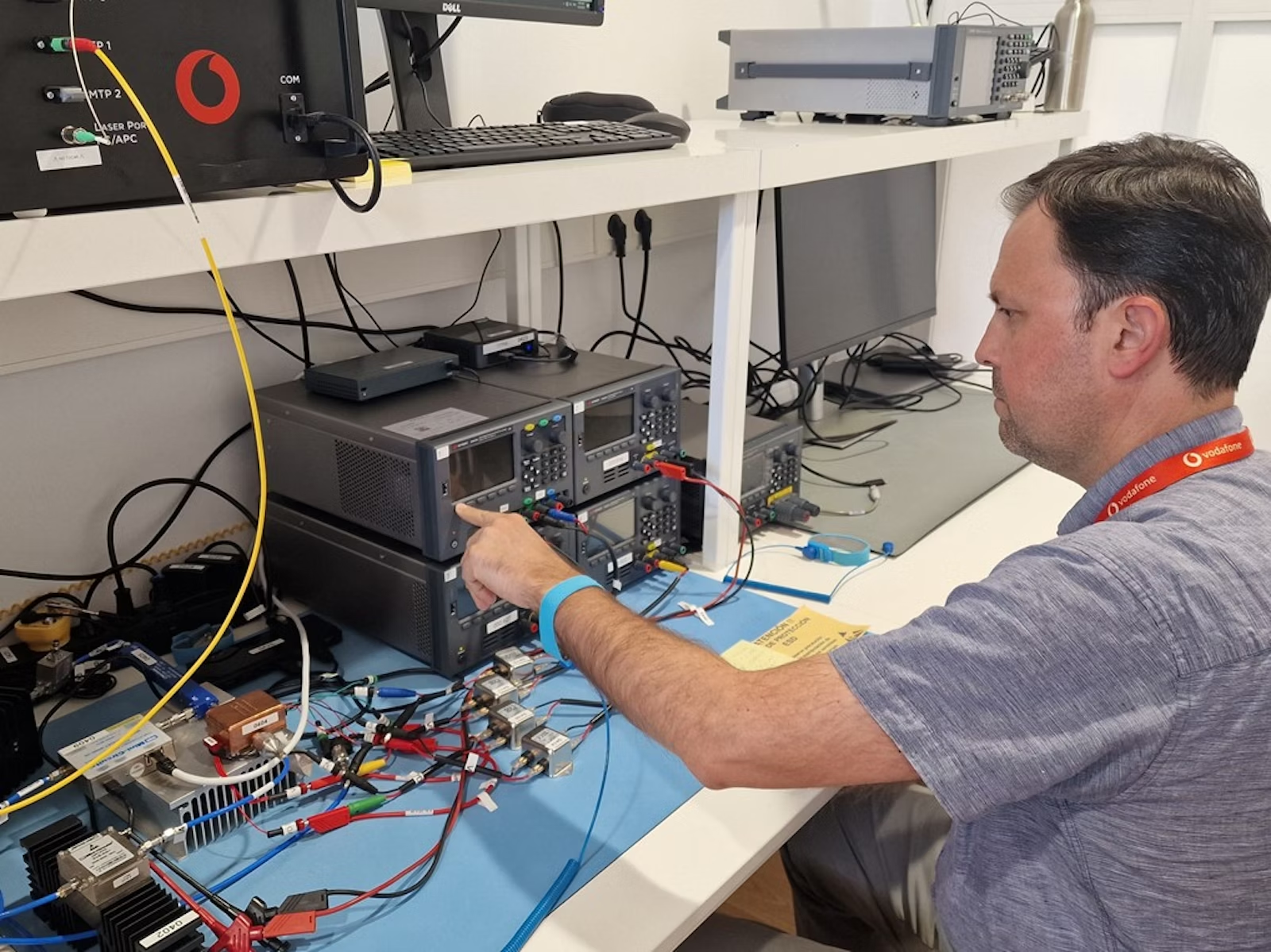Open RAN automated management system developed by Vodafone and i2CAT
- New Open RAN automated management system will help improve security and innovation
- Latest in a series of joint research projects with academia and research institutions at Vodafone’s expanding Innovation Centre in Málaga, Spain.
- Previous announcements include Vodafone and Intel extending their Open RAN research collaboration in conjunction with the University of Málaga and joint research with the University of Oxford on the threats linked to developing AI
Vodafone and the i2CAT Foundation announced they will use the improved automation offered by Open RAN to jointly develop a highly responsive automated multi-vendor management system. The system will fix faults, improve security, and respond to cyber threats faster and more cheaply.
Unlike closed single-supplier networks, Open RAN promotes enhanced innovation through the introduction of new features and services by enabling the use of software and hardware from multiple vendors. This open and disaggregated approach to building networks paves the way for greater use of automated and virtualisation techniques. One of the key benefits is that it can replace manual tasks associated with traditional networks.
The two organisations will use machine learning to manage and analyse multi-vendor Open RAN network logs. These logs provide vital information that can be used to enhance security and detect threats.
The management system’s benefits include reducing operational costs. It achieves this by automating the processing and analysis of multi-vendor logs. This approach strengthens security by being able to quickly detect and mitigate threats across different suppliers. It also simplifies compliance with appropriate regulations and industry standards.
Ultimately, the system will provide Vodafone with a unified multi-vendor dashboard. These critical tools help operators respond to and control Open RAN events over a wide geographical area. This will support the company’s aim of having 30% of its masts across Europe using Open RAN technology by 2030. Vodafone recently announced that it is on track to meet its Open RAN rollout targets. This follows the start of its commercial deployments in Ireland, Romania, and the UK.
The initial focus for Vodafone and i2CAT is on the design of a Security Information and Event Management system (SIEM). This system flags potential security threats like unauthorised access, denial-of-service attacks, or man-in-the-middle interceptions.
Vodafone and i2CAT will test the ability to differentiate the diverse types of logs received, classify them, and manage them according to the specific threat. The intention is then to integrate the SIEM with the main Open RAN components. This includes the RAN Intelligence Controller (RIC), which controls and optimises the radio access network functions. The organisations will also run Proof of Concept (PoC) tests that include log management of automated rApps (used for applications such as steering traffic or conserving energy).
The results of this collaborative project, named HOLMES, will be shared with the O-RAN Alliance. This will allow different vendors to contribute and adopt new standardised approaches to log formats. The hope is to increase the pace of innovation in Open RAN security and stay ahead of the rapidly evolving threat landscape.

Photo: Gabriel Caffarena, chip development manager at Vodafone, testing the new Open RAN multi-vendor management system.



